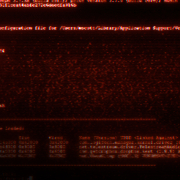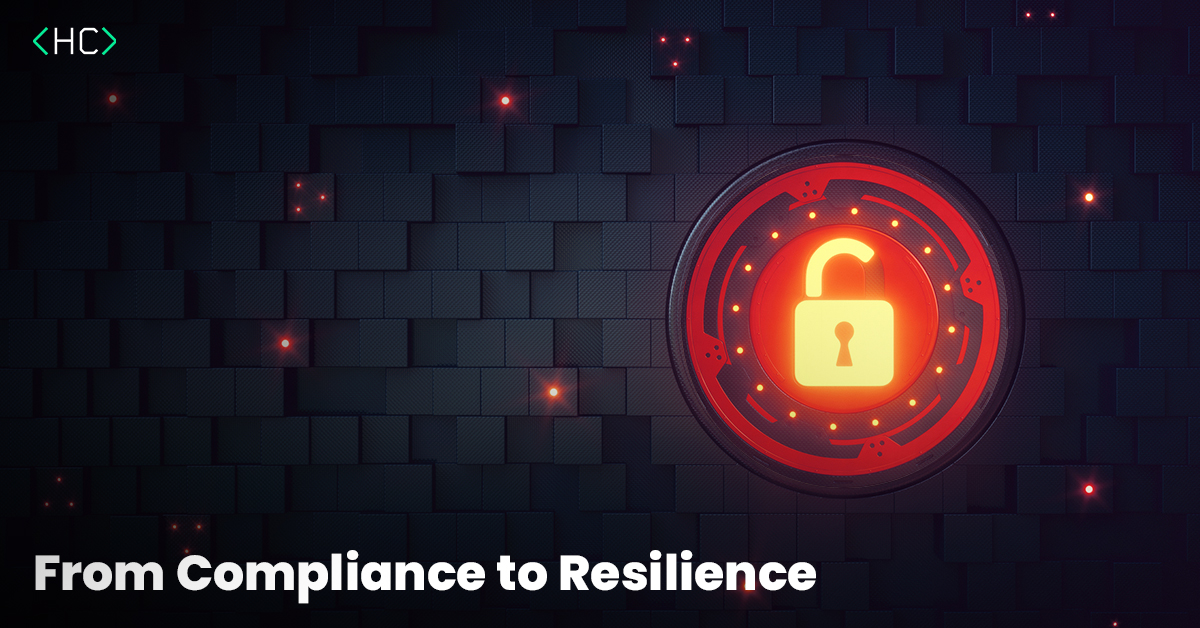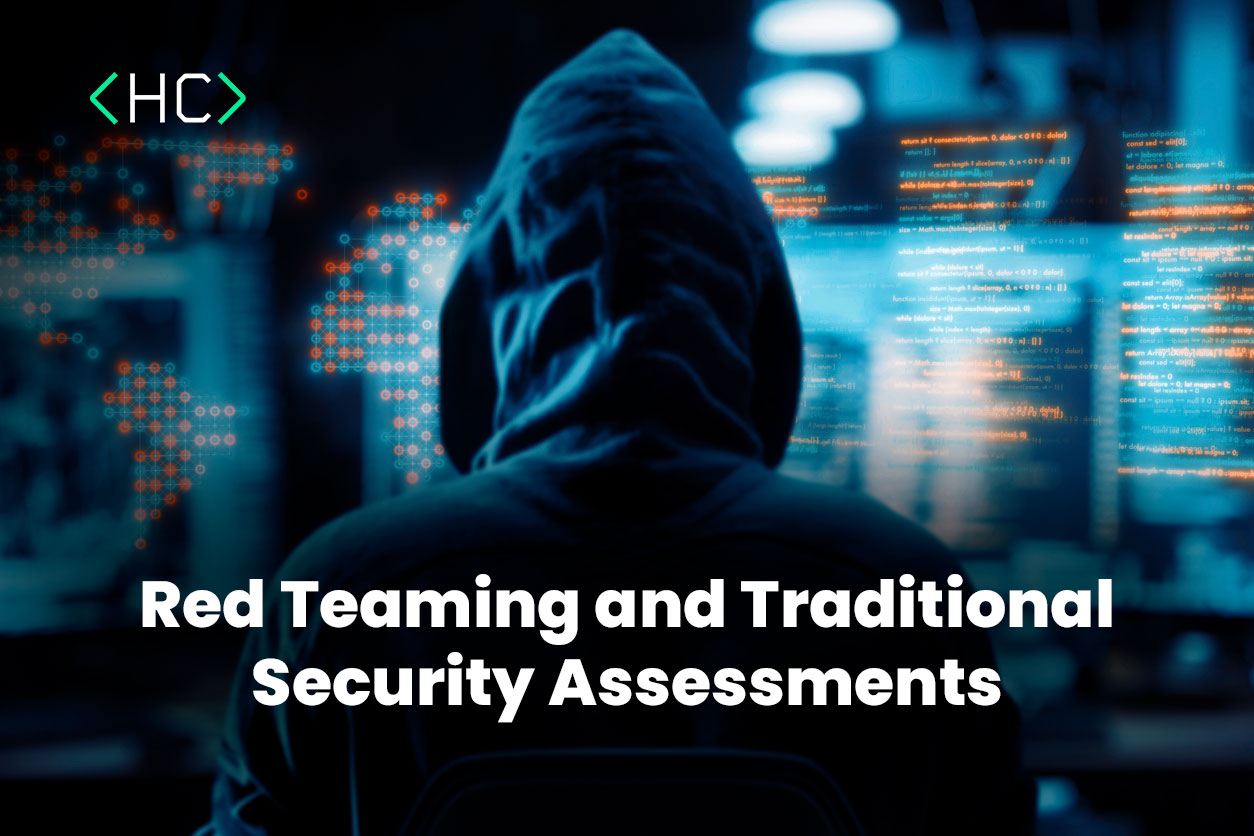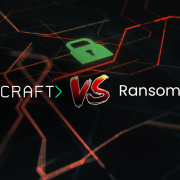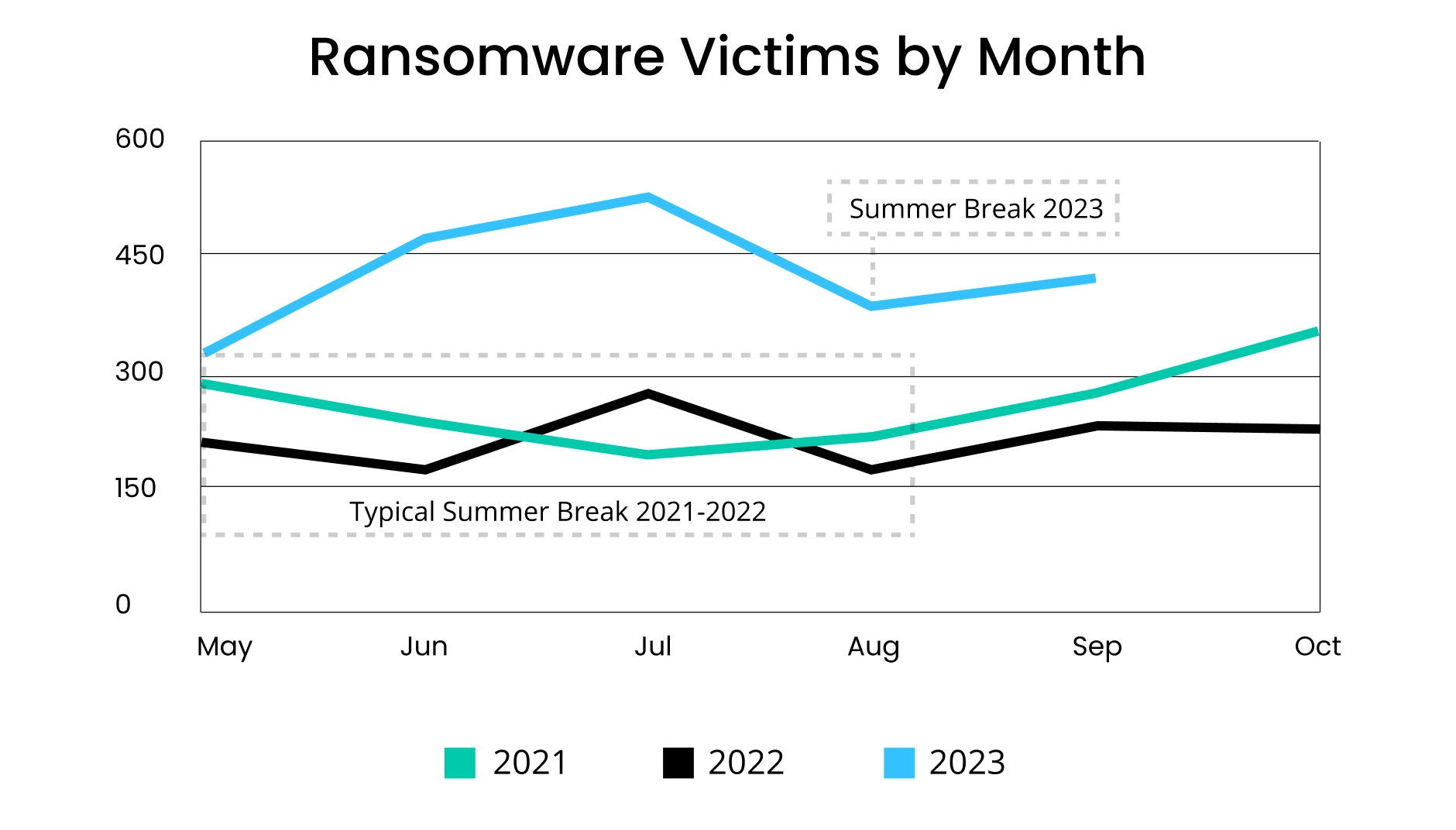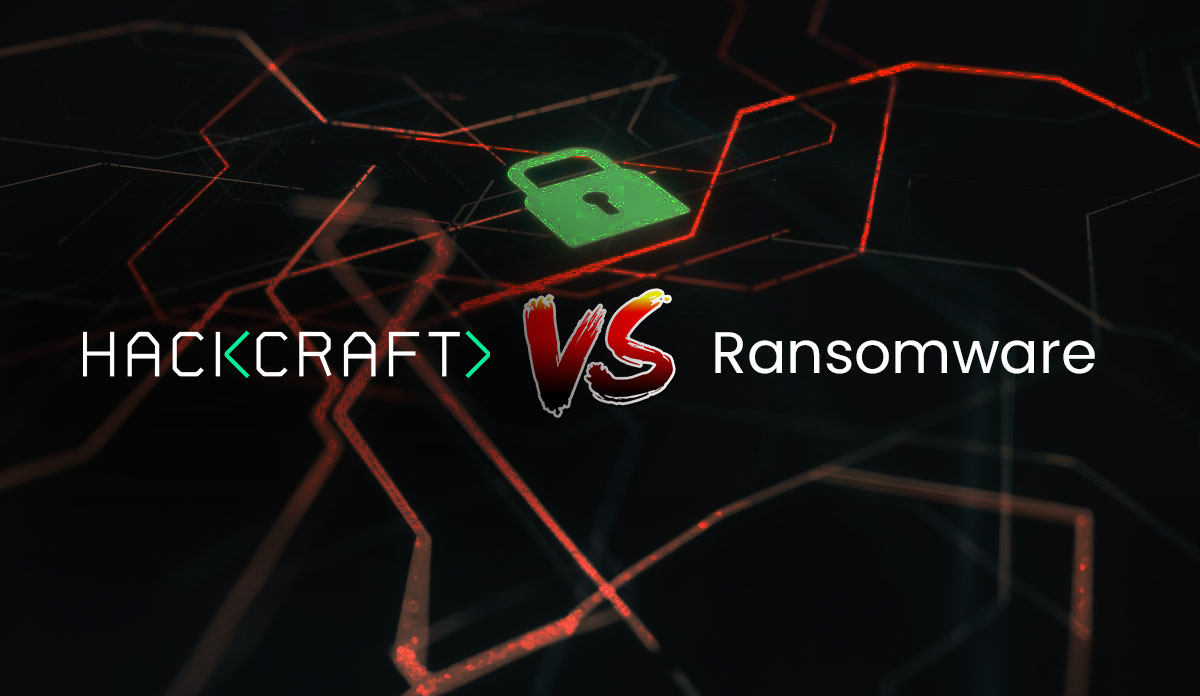From One-Time to Recurring: Why Businesses Must Rethink Penetration Testing
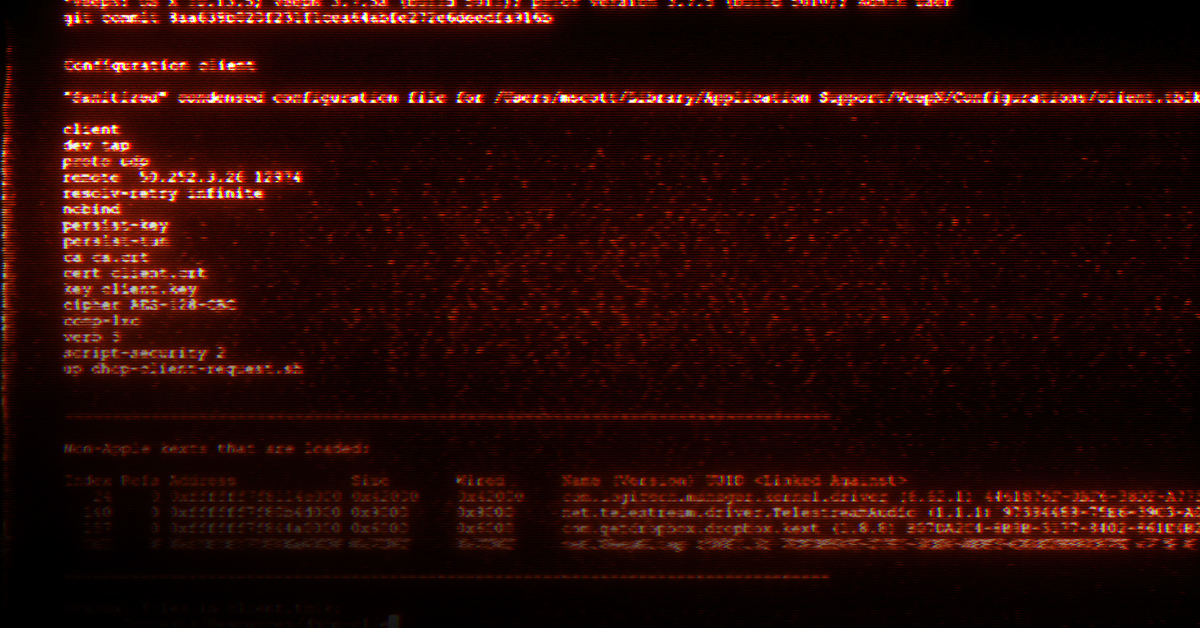
In today’s fast-paced digital landscape, cyber threats are always evolving, rendering static security measures inadequate. Organizations that fail to take proactive steps in addressing security vulnerabilities often end up dedicating excessive resources to managing the aftermath of security incidents, rather than preventing issues from escalating in the first place. Many companies rely on one-off security assessments, commonly known as penetration tests, which can create a distorted sense of security.
Why One-Time Penetration Testing Is Not Enough
New vulnerabilities constantly emerge due to infrastructure and software updates, misconfigurations and the relentless creativity of cybercriminals aided by AI tools. A penetration test conducted months or even years ago does not reflect the current security landscape. It’s like relying on an old map in a rapidly changing terrain. Existing security measures might be outdated, ineffective, or poorly configured, leaving organizations vulnerable and unprepared.
How Recurring Penetration Testing Strengthens Cyber Resilience
It’s obvious that the cyber threat landscape is dynamic, making periodic testing essential. Businesses must not treat penetration testing as a one-time security checkbox but as a continuous security strategy. Transitioning from a one-time test to a recurring model ensures long-term protection and security posture enhancement.
Conducting regular penetration tests means you’ll spot security gaps before the attackers do. This not only helps identify vulnerabilities before they can be exploited but also enhances compliance with critical frameworks like NIS 2 and ISO 27001, which stress the importance of ongoing security assessments. Plus, it fosters a security-first culture within your organization, reinforcing best practices and promoting robust security hygiene.
Best Practices for Implementing a Recurring Penetration Testing Strategy
Are there best practices for implementing an effective and proactive penetration testing strategy? First, determine the testing frequency based on your organization’s risk level, industry standards and compliance requirements (e.g. quarterly, bi-annually). Moreover, it is essential to assess security risks every time there are significant modifications to your infrastructure, such as software or application updates, changes to network and system architecture, steps taken to meet compliance and regulatory requirements, exposure to security risks or third-party integrations.
Additionally, integrate testing with vulnerability management to create a continuous improvement cycle prioritizing high-risk assets while ensuring comprehensive security coverage across the organization. Finally, use various testing methodologies—such as vulnerability assessments, infrastructure and application penetration testing and red teaming—to address different attack scenarios and meet specific business needs and requirements.
Shield a Resilient Future for Your Business
Many organizations still take a reactive stance on security—only addressing vulnerabilities after a breach has already happened. This approach not only leads to soaring costs from data breaches but may also inflict lasting reputation damage. To stay ahead of the game, it’s time to rethink your cybersecurity strategy.
Imagine making cybersecurity a continuous journey rather than a one-off task. The regular validation of security measures through recurring penetration testing is crucial for building true resilience against cyber threats. By harnessing the power of tailored manual penetration testing together with the use of automated tools, organizations can do more than just meet compliance standards—they can actively shield themselves from ever-evolving threats.
Investing in regular penetration testing equips organizations with the preparedness needed to tackle future cyberattacks confidently. With a recurring engagement, Hackcraft can help you identify your evolving needs through review meetings, ensuring you’re always one step ahead. Whether the focus is on compliance, technical enhancements, or the resolution of specific challenges, our team is dedicated to supporting your journey toward a more secure future.
The Unique Advantages of Hackcraft Penetration Testing
Hackcraft Security Assessments are cybersecurity services designed to identify and address vulnerabilities within an organization’s digital infrastructure before malicious actors exploit them. Our proactive approach goes beyond just identifying weaknesses; it’s about transforming your security posture. We assess your systems, networks and applications through a blend of cutting-edge automated tools and expert manual techniques.
Our security assessments involve a multi-step process that starts with reconnaissance and vulnerability identification, then moves into exploitation, and finally culminates in detailed reporting and actionable recommendations. What sets Hackcraft apart is our commitment to manual penetration testing together with the use of automated tools. Our seasoned security experts customize their strategies to align with your organization’s unique risks and business context, allowing them to think like real attackers. This means uncovering vulnerabilities that automated solutions might overlook. Thus, this procedure ensures that business logic flaws, technical flaws, social engineering risks and advanced attack vectors are thoroughly evaluated.
Let Hackcraft empower your organization to stay one step ahead of cyber threats, ensuring your defenses are robust and your data remains safe.
Do you need more info about Hackcraft Security Assessments? Click here

